While isolating in your home may be the soundest way to avoid a coronavirus infection, there is no denying the mental health benefits of communing with nature. Moreover, outdoor recreation – particularly in uncrowded wildlands – is one of the safest activities you can enjoy right now without putting yourself or others at risk. But before you set off on an adventure big or small, it's important to keep a few best practices in mind. Below, Kulkea answers some of the most frequently asked questions about how to safely venture into the outdoors in the era of coronavirus.
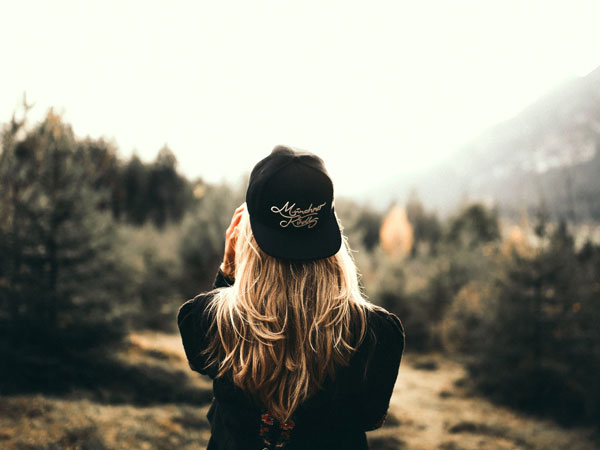
Where should I go to enjoy the outdoors?
Bucket list natural wonders with outsized reputations probably aren't your best bet this year as many are actually more crowded than they would be in normal times. Instead, consider lesser-known parks, beaches and adventure hubs that are often overlooked and will offer greater opportunities for social isolation. Staying within a few hours of home is preferred as the further you travel, the more stops (and interactions) you'll have along the way. Always follow CDC guidance on personal hygiene and check the status of the place you want to visit ahead of time to not only ensure it's open, but also see what facilities remain operational. It may also be wise to come up with a Plan B in case you find yourself questioning the crowd levels or safety measures upon arrival.
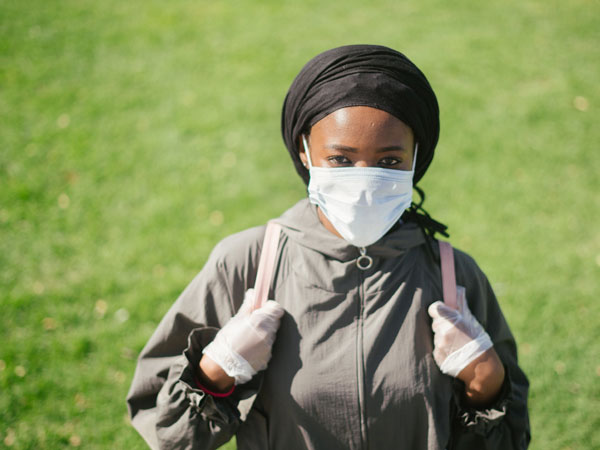
Will I need to wear a face mask?
The American Hiking Society (AHS) recommends that you always bring a mask with you, however when and where you use it may depend on your intended activity. "You are highly unlikely to catch the virus from simply walking, running or biking past someone at a six-foot distance (even if the person gets closer to you for a second)—you're not in contact with the person for long enough," according to the AHS. "So, there's not necessarily any need to wear a mask when going for a walk/run/bike ride if you stay six feet from people and aren't stopping to chat with folks." With many State and National Parks extremely crowded at the moment, however, it's recommended to keep a mask on hand at all times for situations where social distancing becomes challenging.
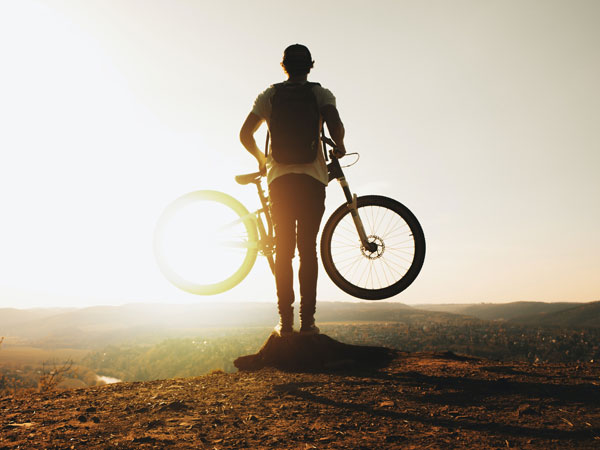
Which outdoor activities are safest right now?
Pursuits such as hiking, mountain biking and paddling are generally your safest bets as you'll have little contact with fellow participants and can alert others to your presence in enough time to socially distance. The Adventure Travel Trade Association (ATTA) recommends choosing areas "where it will be easier to maintain social distancing due to topography, difficulty level or trail conditions." Other outdoor activities, including mountaineering and rock climbing, can be more challenging as you're generally sharing gear, belay areas and narrow trails. These also belong to a class of more extreme sports not recommended by some experts because of their inherent risks, which could place an undue burden on first responders and local hospital staff in the event of an emergency (if you do plan on climbing, view these Covid-era tips from the American Alpine Club). Pick-up games like beach volleyball or frisbee are also best avoided, as are any activities that involve sizable groups.
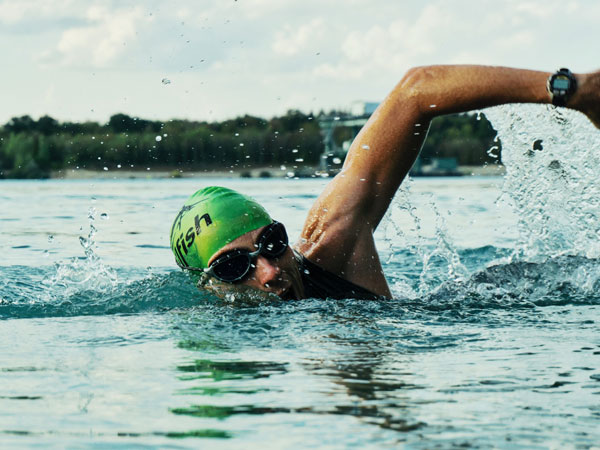
How safe is swimming?
The CDC says there is no evidence that Covid-19 can spread to people through bodies of water such as lakes, rivers or oceans. That said, it still recommends maintaining at least 6 feet away from people you don't live with while enjoying the water and wearing a cloth face covering when you return to solid land. As with most activities, avoid crowded beaches and choose destinations that have sufficient space in which to spread out.
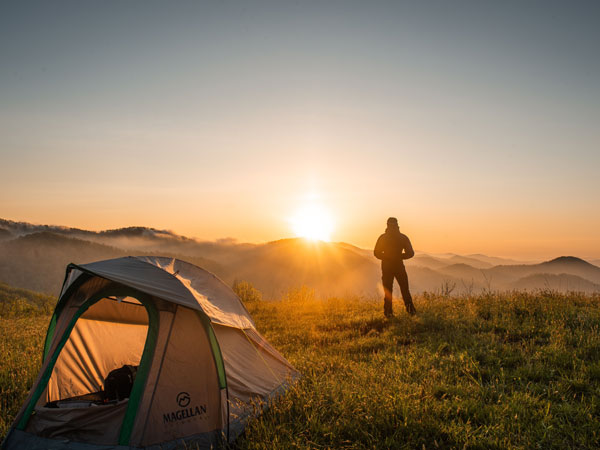
How can I prepare for a camping trip?
Do ample research about local regulations and closures before setting off, and be prepared to be self-sufficient. Many campgrounds are now open on a reservation-only basis and facilities like water fountains and restrooms will likely be limited as they pose inherent risks of infection (now's the time to learn how to go to the bathroom outdoors!). The safest options are often primitive or backcountry campsites, though these may not be suitable for families with young children. In any case, plan to pack out your trash, bring hand sanitizer and avoid touching shared surfaces such as railings, benches and playground equipment. Note that several small resort towns have urged visitors from bigger metropolitan areas to load up with supplies in their local stores to lower the risk of infecting those in rural areas less affected by the virus. As always, it's important to be mindful of your potential impact on the communities you visit.
Now, more than ever, our local parks, trails and open spaces offer opportunities for peace and restoration. By adjusting our habits to meet the uncertain times, they can be a safe remedy to combat our collective anxiety while enduring the global pandemic.

